A growing offensive against Iran could resurrect dangerous Islamist proxies. Will they tip the balance?

The escalating offensive between Israel and Iran, with mutual bombings stretching over five days and ignoring calls for a truce, has become the largest continuous offensive between the two countries, sworn enemies for decades.
Since US President Donald Trump stated that his country could directly participate in the conflict on behalf of Tel Aviv, fears have increased that other actors—whether countries or armed groups in the Middle East—might intervene directly in what would be a full-scale war with catastrophic consequences, not only for the region but for the world.
This week alone, the total number of deaths exceeds 250, and the number of injured has already reached more than 1,000.
Therefore, this week Tehran put its intentions for a ceasefire on the table under the condition that Washington does not participate, something that would tip the balance against Iran, which has so far borne the brunt of the attacks.
In the public sphere, however, the Islamic Republic further radicalized its rhetoric, warning that the Trump administration's intervention would turn its bases in the region into military targets, while threatening Israel with dire consequences if it continues its offensive.
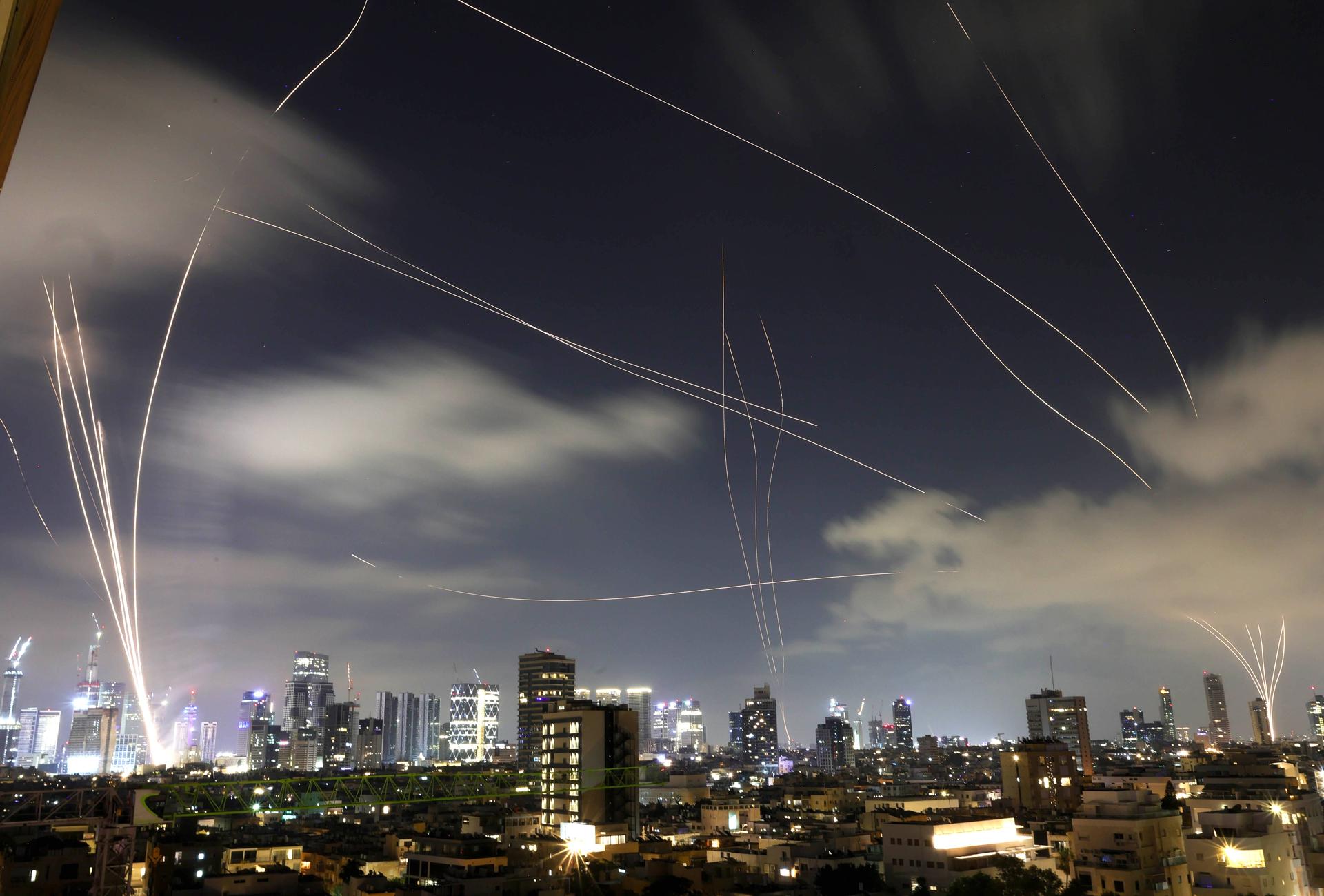
Iran-Israel War; June 17 Photo: EFE
But there's another layer to this that could mean a multi-pronged crossroads for Israel: the potential resurrection of Iran's allies and factions around the region.
And despite the severe blows that Iran's proxies and allied groups have received in recent months, which have even forced them to withdraw their attacks, there are still roots of these groups that could resurface and play a destabilizing role on the scene.
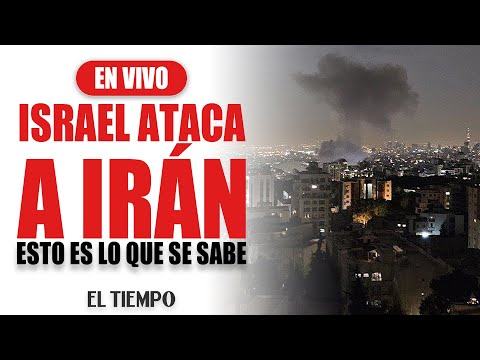
What is known about Israel's attack on Iran? What could happen? Photo:
In fact, several of these groups, which make up the so-called Axis of Resistance, an alliance orchestrated by Tehran that spans several Middle Eastern countries, have already expressed their support for the Islamic Republic.
This represents a threat to the Hebrew State, which despite being the most powerful country in the Middle East with a vast and technological military arsenal - which would even include nuclear warheads - its territory expands in a very small area and its inhabitants barely reach around 10 million, while Iran, with an immense territory and more than 90 million, could represent a danger to Tel Aviv if attacks on multiple fronts by its 'proxies' are added.
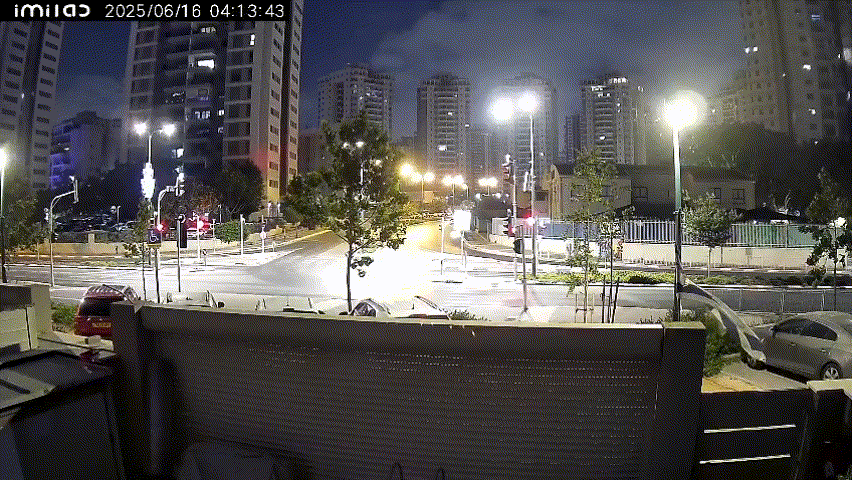
Iranian bombings on Israel Photo: Private social media archives
The Islamist group Hamas, which carried out the violent incursion into Israel on October 7, 2023, which left more than 1,200 dead and around 250 kidnapped (of whom 59 remain in captivity), is one of Israel's most bitter enemies.
Its geographical proximity has made it a constant military target, against which, following the 2023 massacre, Israel has launched an offensive that has decimated this group, but at the same time caused an unprecedented humanitarian crisis in the Gaza Strip that has already claimed more than 55,000 lives, the majority of them Palestinian civilians.
In fact, the Islamist group emphasized that Iran "is demonstrating a high level of will and preparedness" in this latest confrontation with the Hebrew country. "The Zionist enemy can start the war, but it does not hold the keys to its conclusion," the statement reads.
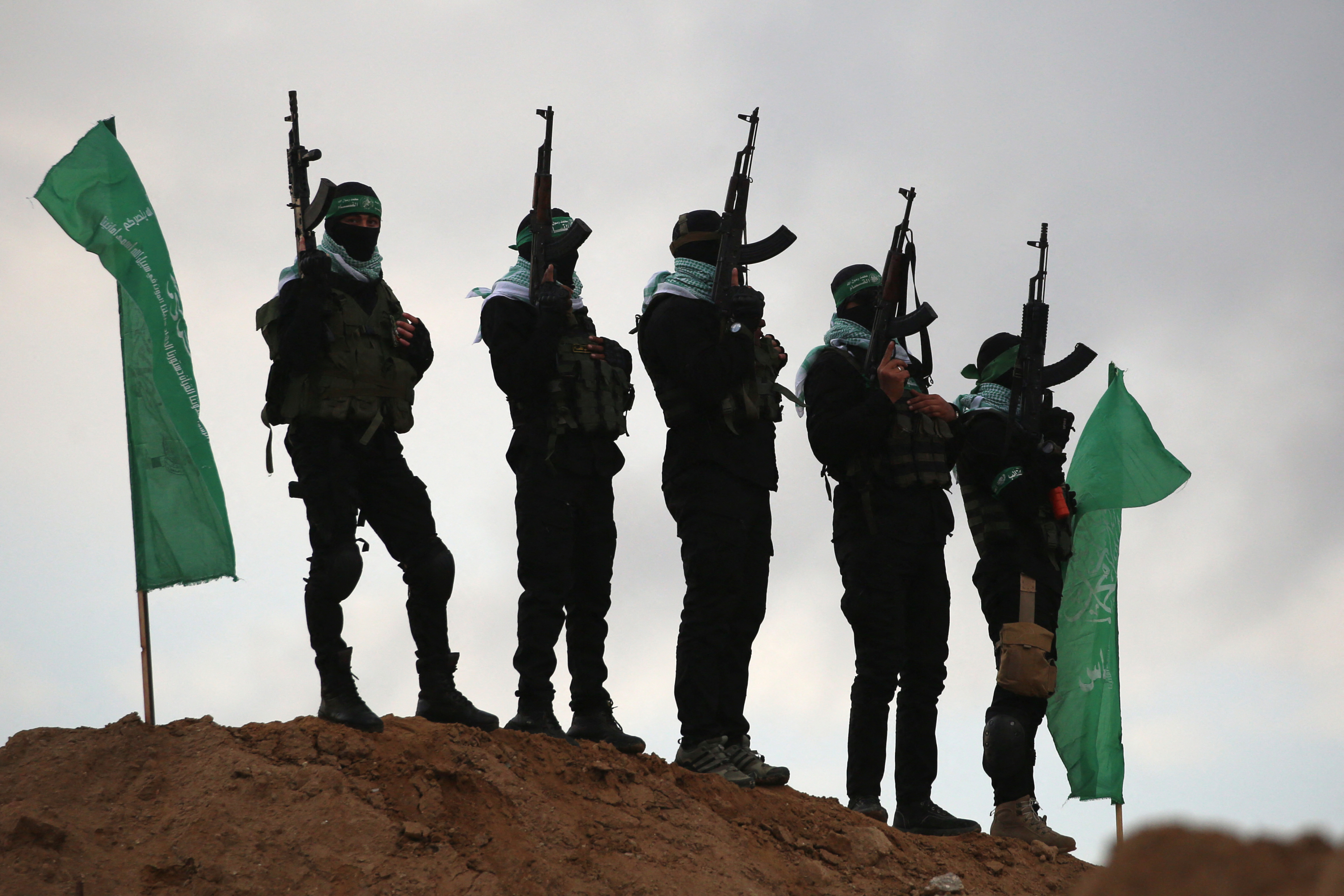
Palestinian Hamas militants gather at the handover site of the bodies of four Israeli hostages. Photo: AFP
Since the October 7 incursion, the Shiite organization Hezbollah has launched several attacks on Israeli territory in support of the Palestinian terrorist group's cause. Hezbollah was founded in 1982 and is today an influential political force with a massive military structure, also financed by Iran.
“ Hezbollah is much stronger than Hamas. It's estimated they receive nearly $1 billion a year from Iran and have additional resources due to their involvement in illicit economies such as drug trafficking and money laundering. Their rocket arsenal has been estimated at 100,000. They are undoubtedly a very dangerous actor,” Janiel Mleamed, a doctor in International Security and professor in the Department of Political Science and International Relations at the Universidad del Norte, told EL TIEMPO.
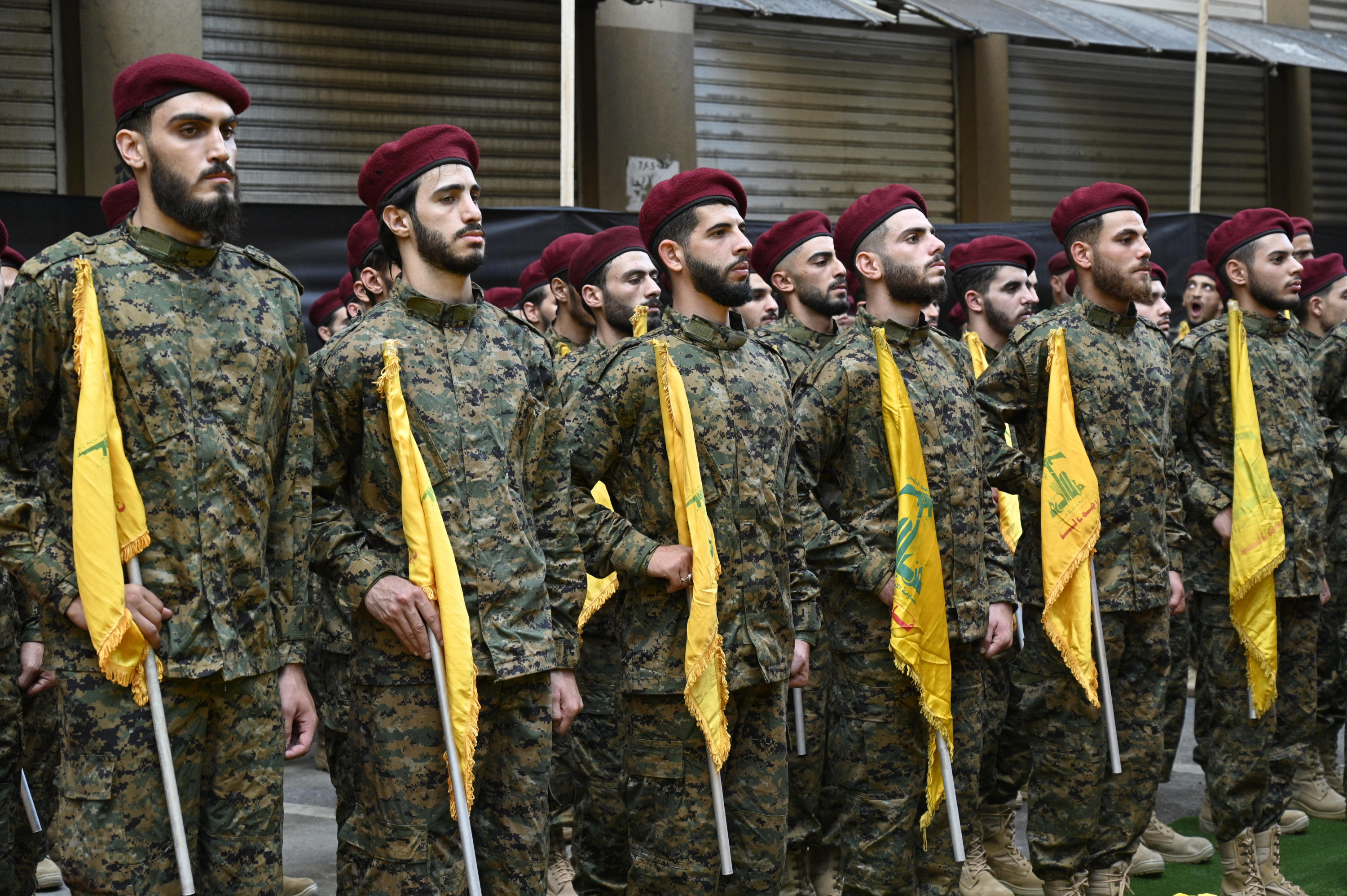
Hezbollah fighters Photo: EFE
However, Israel's attacks against Hezbollah in recent months have decapitated almost its entire military leadership, including its top leader, Hassan Nasrallah. Since then, the group has taken a less active role in the conflict, and Lebanon has begun truce talks aimed at disarming the group.
But "the organization is not finished," said Professor Oscar Palma, a lecturer in the master's program in international security at the University of Leicester.
Houthis, the Yemeni rebels attacking ships in the Red Sea Ten years ago, the Houthi rebels—a political movement that emerged in the 1990s and brings together Shia tribal and religious groups—saw power in Sana'a, Yemen's capital. This development has been exploited by the insurgents to influence conflicts in the Middle East, particularly the war in Gaza. Since then, they have been a destabilizing force.
According to a report by Reliefweb, a digital service of the UN Office for the Coordination of Humanitarian Affairs (OCHA), Houthi forces numbered more than 200,000 fighters in 2022. Today, the numbers are estimated to be even higher.
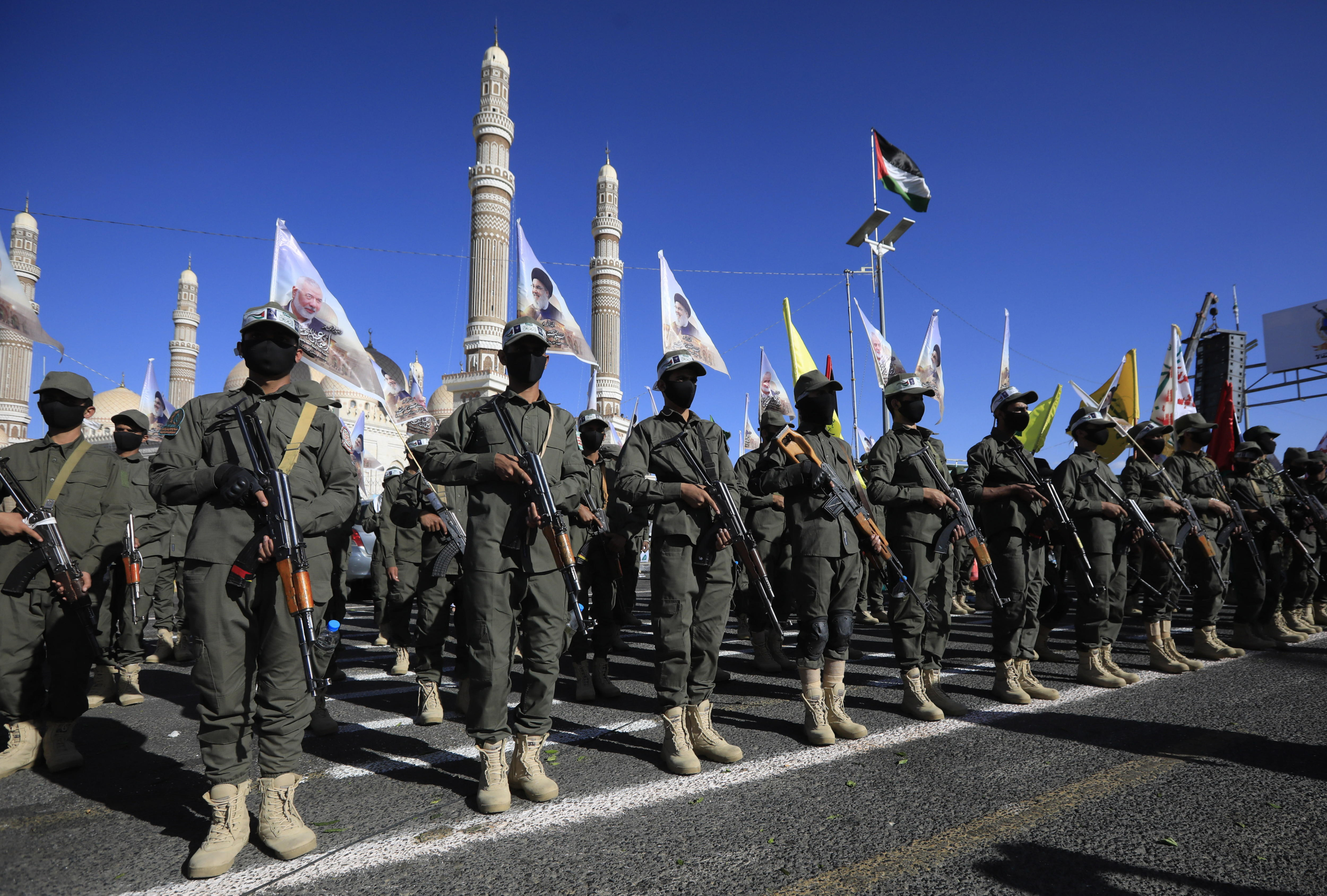
Houthi rebels in Yemen. Photo: EFE
With Iranian backing, the Houthis have carried out large-scale attacks against Israel. They primarily focus on attacks in the Red Sea against merchant vessels they believe belong to or have links with Israel. The attacks are also a severe blow to global finances, as this passage represents 10% of the global maritime market.
The group can also launch missiles and suicide drones toward Israel. However, Melamed clarifies that "due to their distance—some 2,000 kilometers of separation—they are a more limited tool."
Added to this is their military capability, which has proven resilient to offensives. It is estimated they have withstood more than 25,000 airstrikes in the last ten years. In this regard, Oscar Palma believes a "more systematic strategy" from Israel is needed to truly test this group's defenses.
Iraqi and Syrian militias The Islamic resistance in Iraq and Syria, represented by around 3,000 fighters from various militias, are other actors in the Axis of Resistance.
In Iraq, attacks have been seen against bases and convoys used by the United States. This could happen again if the Americans become more involved in this war.
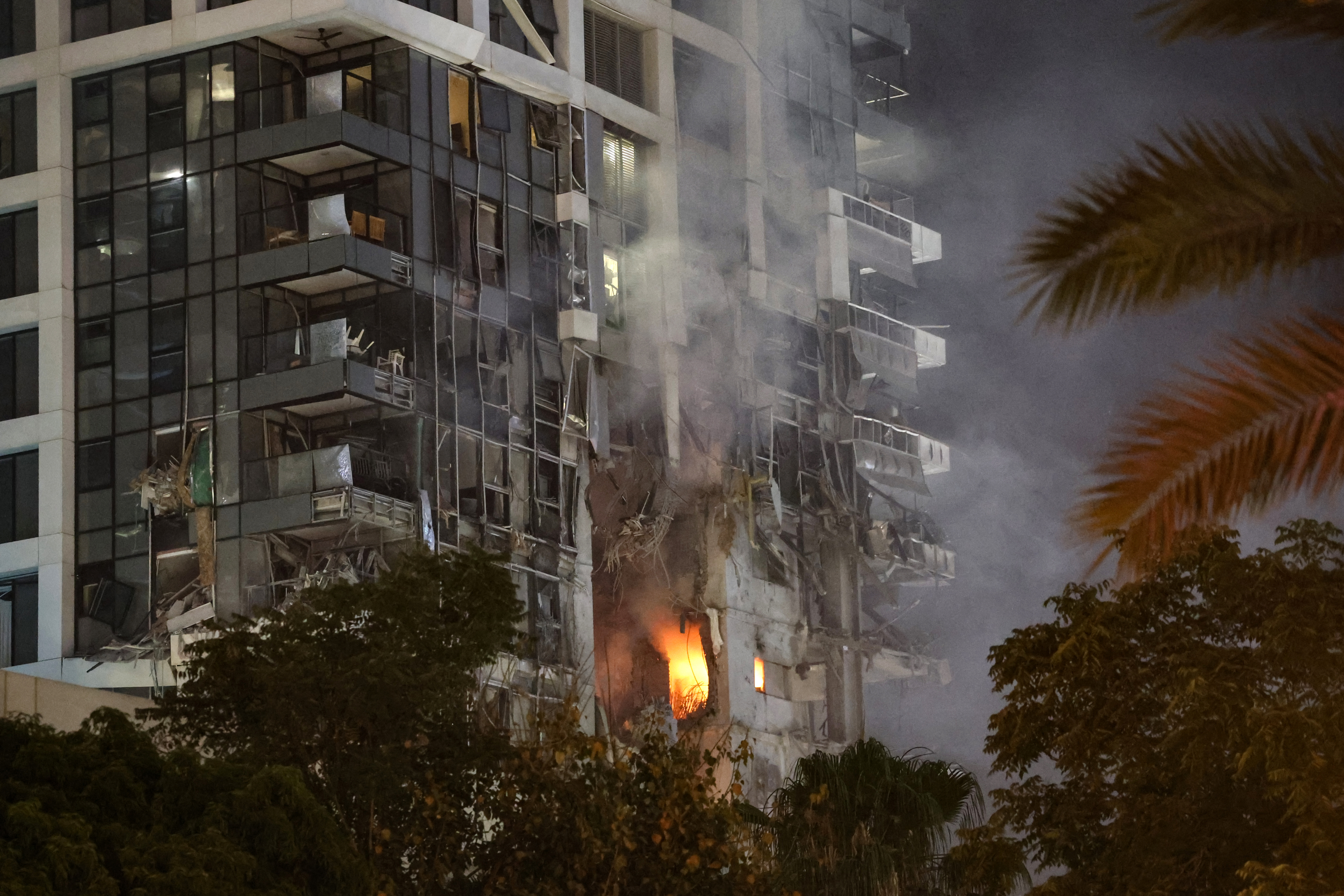
Building hit by a missile fired from Iran, in downtown Tel Aviv. Photo: AFP
In fact, the pro-Iranian Iraqi militia Kataib Hezbollah, the most important within the Islamic Resistance in Iraq, warned the United States that it will attack its "interests and bases" in the Middle East if it intervenes in the conflict between Israel and Iran.
"If the United States intervenes in the war, we will act directly against its interests and bases, spread throughout the region, without hesitation," the militia's secretary general, Abu Hussein al-Hamidawi, said in a statement.
The latent risks of a large-scale conflict Therefore, there is regional concern that what is happening could have implications and unite the efforts of these groups in the region, resulting in a "reactivation" of the Axis of Resistance, something that would further exacerbate what is already an unprecedented escalation between Iran and Israel.
Furthermore, intervention by countries like the United States could encourage other nations allied with Iran to take a more aggressive stance; this is the case with Russia and China, countries close to the Islamic Republic, which have sided with Tehran in the recent conflict.
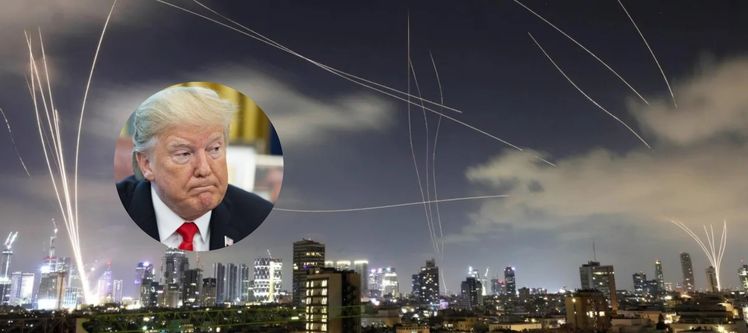
Donald Trump has referred to possible U.S. involvement in the conflict. Photo: EFE
However, despite the flashpoints of conflict, having multiple fronts is nothing new for Israel. “It’s nothing new or surprising for its security forces,” Melamed says.
Despite this, the humanitarian cost of a large-scale conflict in the Middle East would be devastating, in addition to the political and economic consequences.
However, Palma questions Israel's ability to win a conflict with so many actors.
"While Israel can be present in all theaters and maintain a military capability in each of them, the question is whether it will achieve anything strategically with this—that is, does it really believe it can completely destroy the networks of Hezbollah, Hamas, or the Houthis? Perhaps the United States would intervene if the escalation is too steep and dizzying to the point where Israel feels at some risk," the expert concludes.
eltiempo





